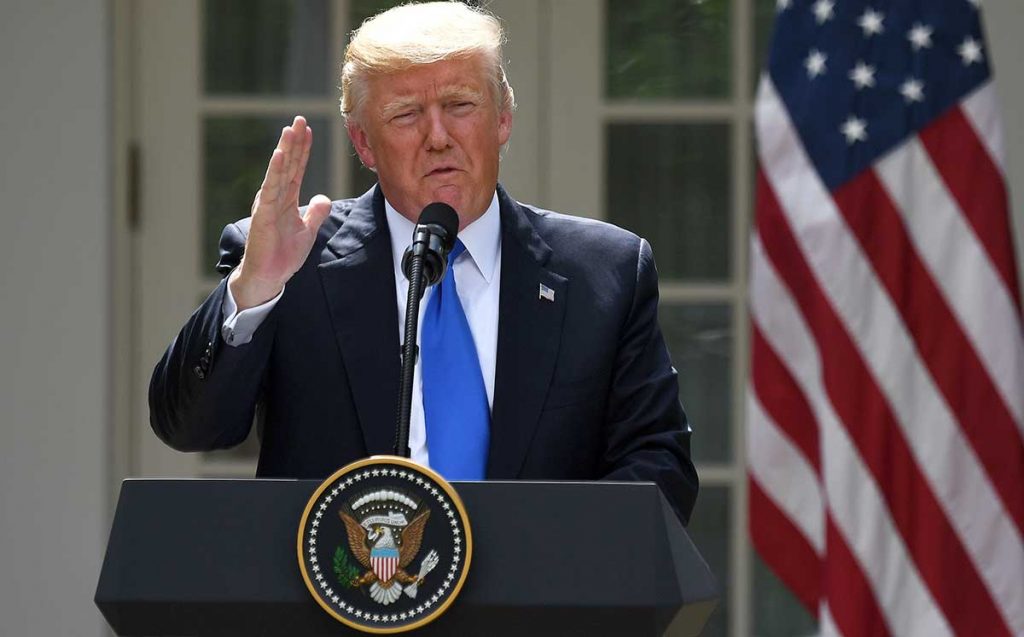The incidence of denial of H-1B visas to highly educated foreign workers, including Indians, increased significantly in 2017, due to U.S. President Donald Trump’s crackdown on immigration.
There was a 42 percent increase in the proportion of H-1B petitions denied for India-born professionals from the third to the fourth quarter of fiscal year 2017, which started July 1, 2017, according to a new report by the National Foundation for American Policy (NFAP) based on data obtained by the non-profit organization from the U.S. Citizenship and Immigration Services (USCIS). As many as 23.6 percent of the Indian applicants were denied H-1B visa during July-September 2017, up from 16.6 percent rejections in the third quarter. Of the 57,526 H-1B visa petitions received from Indians in the fourth quarter, 14,932 were denied.
For professionals from countries other than India, the proportion of denial of H-1B petitions saw a 40 percent increase from the third to the quarter quarter, rising from 14 percent to 19.6 percent during the period under consideration, the NFAP report said.
In all, the proportion of H-1B petitions denied for foreign-born professionals increased by 41 percent from the third to the fourth quarter of FY 2017, up from a denial rate of 15.9 percent to 22.4 percent during the period.
The number of Requests for Evidence (RFE) issued by the USCIS, to get more information on the visa applications, also rose for Indians. “USCIS adjudicators were much more likely to issue a Request for Evidence for applications for Indians than for people from other countries,” the NFAP report said.
In the fourth quarter of FY2017, 72 percent of H-1B cases for Indians received a Request for Evidence, compared to 61 percent for all other countries. Failure to comply with a Request for Evidence will result in the denial of an application.
“Data analyzed over the years show USCIS adjudicators deny more applications and issue a higher rate of Requests for Evidence for Indians on both H-1B and L-1 petitions,” the report added.
The applications of almost half (48%) of Indian nationals whose employers sought to bring them to the United States through the L-1B route were denied in the fourth quarter of FY 2017, marking a rise from 36 percent denial rate in the first quarter of the fiscal year, the report said.
The number of Requests for Evidence issued in the fourth quarter of FY 2017 (63,184) almost equaled the total number issued by the USCIS for the first three quarters of the fiscal combined (63,599). As a percentage of completed cases, the Request for Evidence rate was approximately 69 percent in the fourth quarter compared to 23 percent in the 3rd quarter of the fiscal year.
“The data document how the Trump administration is limiting the admission of high-skilled foreign nationals, even though economists believe America greatly benefits from the entry of foreign-born scientists and engineers,” the report said, adding that the significant increase in denials and Requests for Evidence in the fourth quarter of 2017 came shortly after Trump issued his “Buy American and Hire American” executive order on April 18, 2017.
“The timing of the increase in denials and Requests for Evidence likely relates to the new administration organizing itself in the early days for a full-scale assault on high-skilled immigration, of which increasing the difficulty of adjudications was just the first of many steps,” the report added.
“It took some time to get people in to many of the key positions,” it quoted immigration attorney Greg Siskind as saying in an interview. “Once we saw who was being appointed, a who’s who of stars in the anti-immigration world, no one was really surprised with what we’re seeing.”
